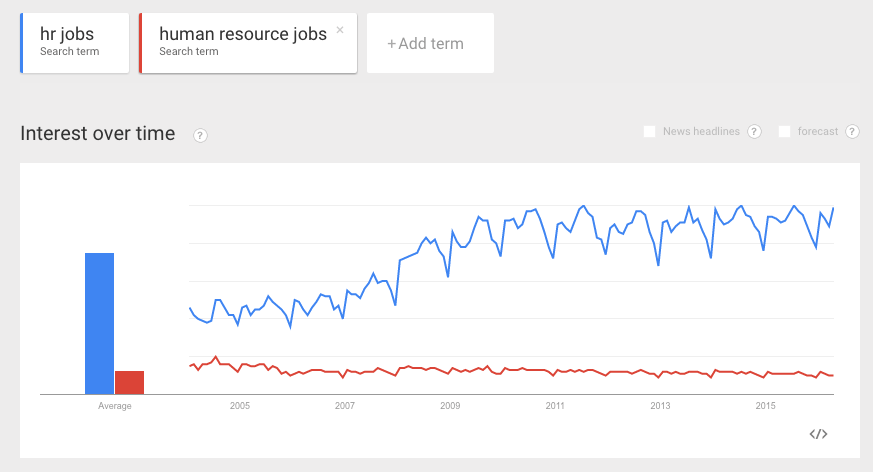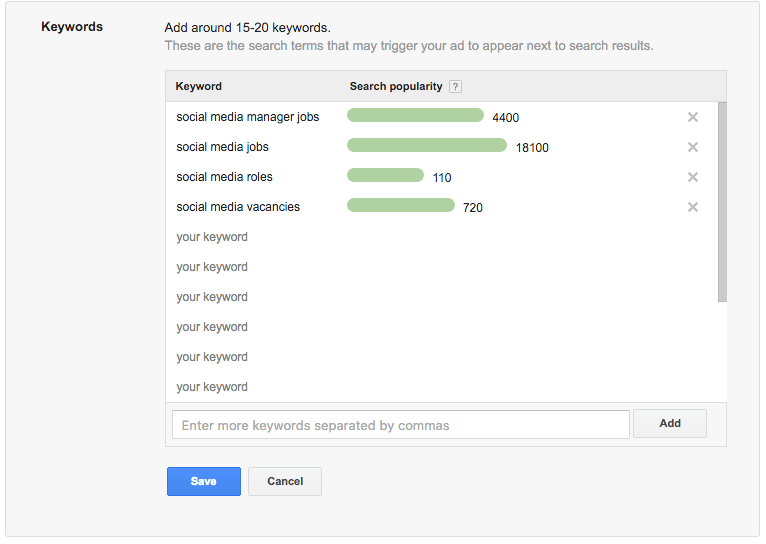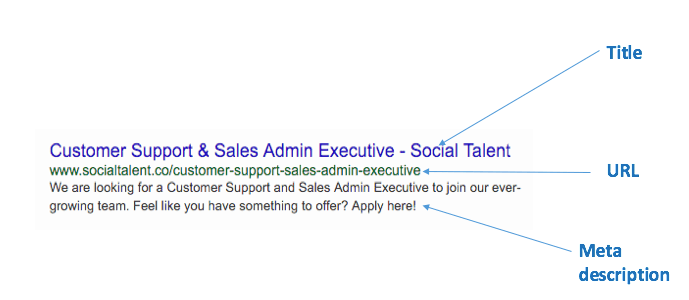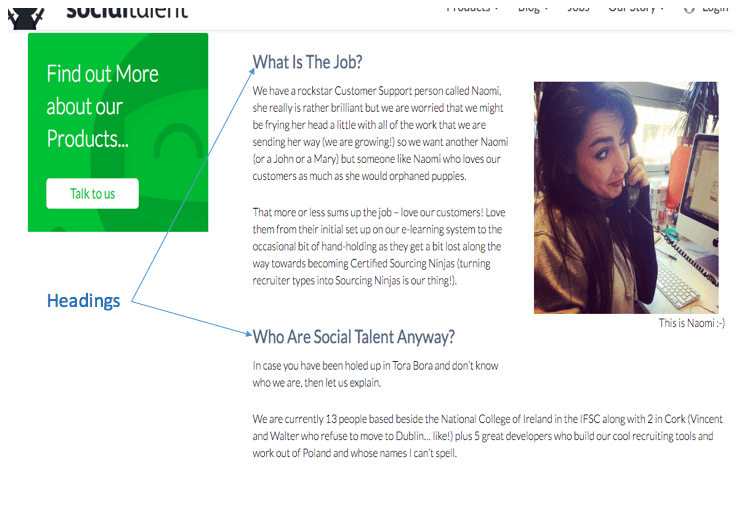4 Simple Tactics to Boost Your Job Ad's SEO
If you have been working in the recruitment industry for some time or have just started out, chances are you have heard the term Search Engine Optimisation (SEO) and how it can potentially benefit your recruitment strategy. Many recruiters feel daunted by the thought of SEO as they start to get exposed to technical terminology like keyword stuffing, submitting sitemaps and rel=canonical links (….what?). Others may have read how a small adjustment to content can have a hugely negative impact on your website’s search rankings.
SEO is an area that should not and cannot be avoided! It is obvious to everyone that people’s buying behaviour has changed drastically over the last 15 years with more and more people spending time online. This also holds true for candidates who are increasingly researching and applying for available roles online. In fact, a recent survey by SHRM showed that the number of online job seekers has doubled since 2005! What does this mean for recruiters? It means there is a massive opportunity for them to get more eyeballs on their job ads by optimising them for SEO. But what’s astonishing is that a whopping 32% of sourcers worldwide still admit to making no effort to optimise their job ads to be found by the right people (check out our free whitepaper on the ultimate guide to Job Advertising for more cool stats).
SEO is the process of improving the visibility of a website or a web page in search engines. This means SEO plays a huge role as critical links between your company and potential candidates. Here’s 5 steps to get on a search engine’s good side and boost your job ad’s SEO:
1. Keyword Research
Keyword Research is the first step you take when publishing your job ads. A keyword is a term that is used to match with the query a person enters into a search engine to find specific information. In order to get a higher rank in the search engine listings, you will need to select the right keyword phrases for your job ad. So how do you go about finding the best keywords to put into your job ads? There is a number of methods you should use:
- Google tools such as Google Trends, Google AdWords Keyword Tool and Google Analytics
- Identify keywords from salespeople
- Identify keywords from competitors
- Identify keywords from customers
By using these methods, you can quickly identify the keywords that users type into Google when looking for job vacancies. It is important to note that while keywords can greatly increase your search rankings, it is important to avoid packing your keywords -also known as keyword ‘stuffing’ – into your title, meta description and your landing page as your website can be punished by search engines.
2. Optimise your Landing Page
Now that you have completed your keyword research, it is time to create your job ad with your new found keyword intelligence! Your job ad is the landing page your potential candidates will end up on after clicking on your link in the search engine listings. By inserting your top keywords into certain elements of your job ad, there is a great chance you will be featured high up in the search engine rankings. Some of these elements are:
- Page title: Your page title is the single most important element you can optimise. A page title tells both users and search engines what the topic of a particular page is so include the most relevant information e.g. Content Marketing Executive Dublin, Ireland [Social Talent]. There is no character limit for title tags but best practice is to keep it between 50-60 characters.
- Meta description: While your page title provides search engines with the topic of your job ad, the meta description provides search engines a summary of what the page is about. Again there is no character limits for meta descriptions but best practice is to keep them between 150-160 characters.
- URL: Simple-to-understand URLs that convey information easily are more likely to be crawled by search engines. In other words, make sure you insert your keywords into your URL rather than using the one suggested by your CMS when first creating a page.
- Heading tags: Heading tags help provide structure on the job ad page to candidates and act as visual cues to indicate what areas in the job ad are important. There are six sizes of heading tags, beginning with <h1>, the most important, and ending with <h6>, the least important. Typical heading tags a recruiter might use on a job advertisement would be Company Description, Job Description and Qualifications.
3. Don’t Forget Mobile
The significant increase in use of mobile phones has become a phenomenon in recent years and the trend is set to continue. There has been a massive increase in power and usage of mobile and other wireless devices, giving users the ability to access information anywhere at any time. This has many implications for recruiters as mobile devices are playing an increasing role within the average job search.
To make sure your job ad will be featured on mobile searches, you first need to ensure you submit your mobile site to Google using Google Webmaster Tools to make sure it is indexed. Your next step is to make sure your actual job ad landing page is optimised for mobile. One thing recruiters should do is include rich location data in their job ad as Google is known to display search results based on where the user’s location is at that time.
4. Use Video to Engage Candidates
According to Cisco, video will account for nearly 70% of all consumer internet traffic by 2017. Over the last few years, online video has quickly become a key way for people to satisfy their information and entertainment needs. And Google have responded, by quickly favouring pages that contain video in their search engine results. In fact, a new study from Ongig showed that candidates spend on average 55 seconds viewing a text-only ads, whereas job seekers spend 5 minutes and 23 seconds watching a video advertisement. So why not introduce video to your job ads?
You might be thinking what type of video you include in your job ad. Will we make it professional? Do we need to suit up? Well we have found at Social Talent that recruitment videos work best when you show your company’s fun and spontaneous side! Prove your down to earth and don’t take yourself to seriously. This allows candidates to form an understanding of the company’s culture and feel connected to your staff. You can check out an example of a video we did below with our Sales Director Dave for a vacant sales role to give you an idea of how this might look.
https://www.youtube.com/watch?v=0UmXIx2F0Vc
To recap, it is vital that you do not exclude SEO when optimising your job ads. Failure to do so will have an adverse effect on your recruitment funnel with less applications and interviews, making it more difficult to make your hire. So start researching keywords, start optimising your landing page and don’t forget mobile or video!






